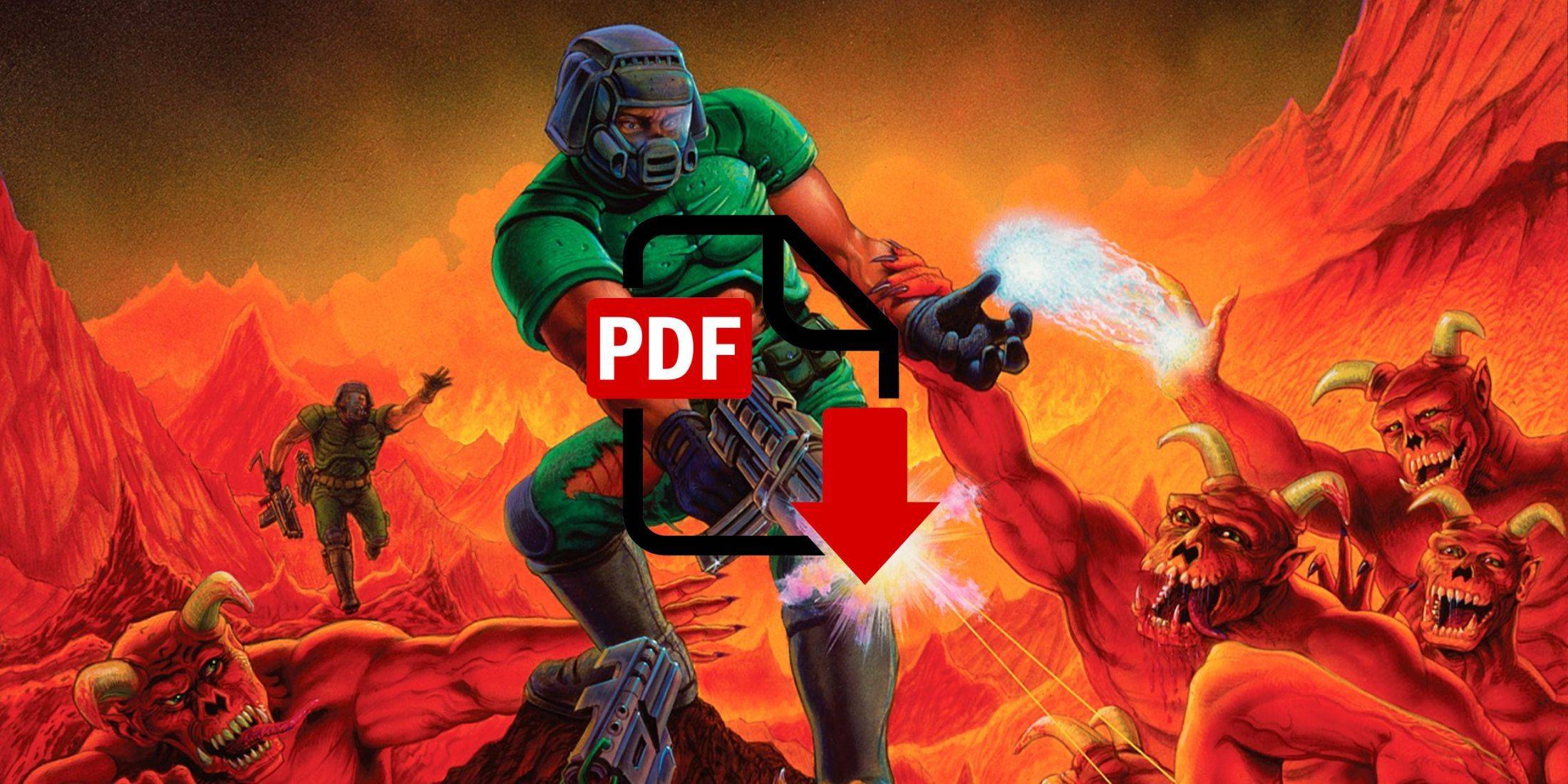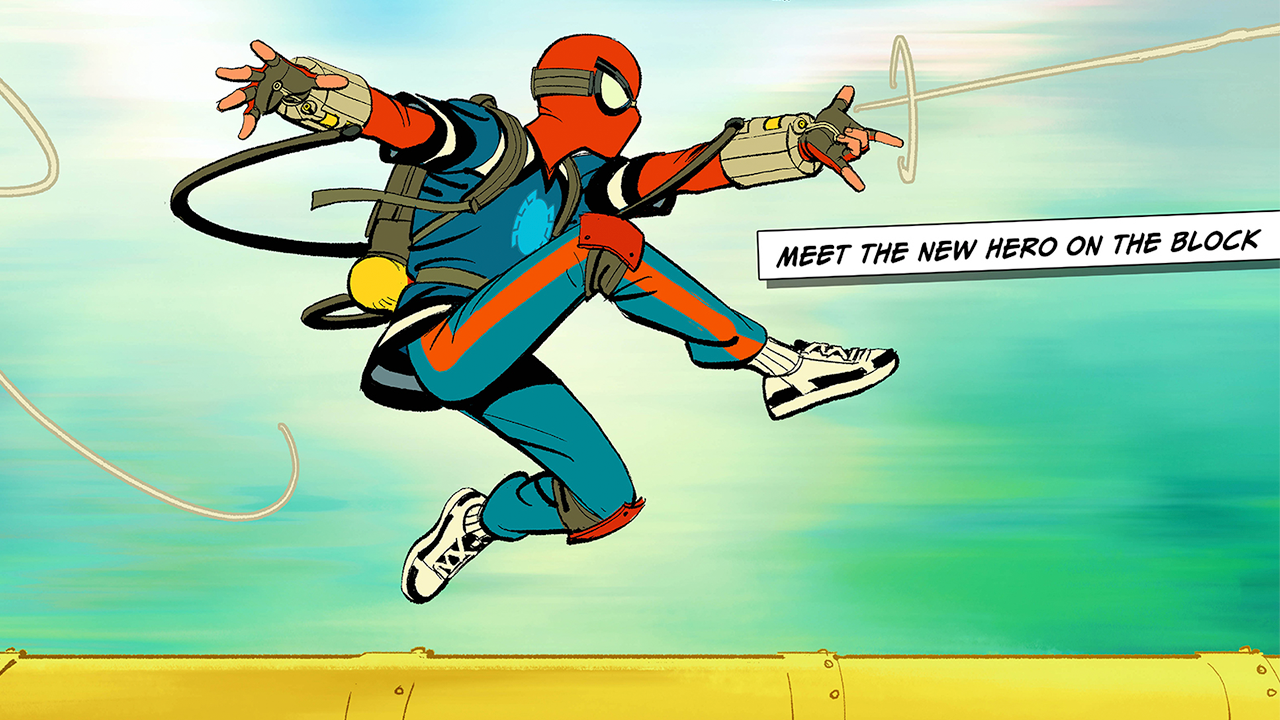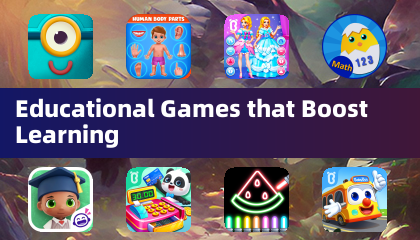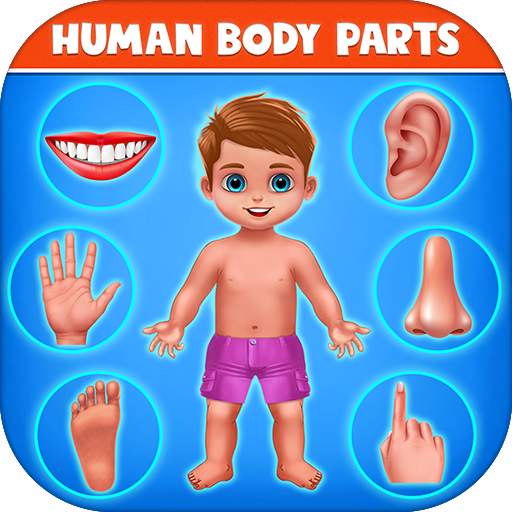
Summary
- A high school student has successfully ported Doom (1993) to a PDF file, resulting in a slow yet playable experience.
- Doom's compact size enables it to run on unconventional devices, including the Nintendo Alarmo and within other video games like Balandro.
- The continuous efforts to run Doom on various platforms underscore its lasting legacy and ongoing relevance in the gaming community.
One dedicated high school student has achieved a remarkable feat by porting the iconic game Doom (1993) to a PDF file. This innovative project adds to the list of unexpected devices on which Doom has been successfully played in the past.
Developed by id Software, Doom is celebrated as one of the most influential video games of all time, particularly within the FPS genre. The game's impact was so profound that it led to the popularization of the term "FPS," with many subsequent games being referred to as "Doom clones." In recent years, a trend has emerged where programmers and gaming enthusiasts have taken on the challenge of running Doom on a variety of unconventional devices. These range from everyday items like fridges and alarm clocks to more complex systems like car stereos, showcasing the game's versatility and the creativity of its community.
High school student and GitHub user ading2210 has successfully ported Doom into a PDF file. This was made possible because the PDF format supports JavaScript, which can handle functions such as 3D rendering, making HTTP requests, and detecting users' monitors. While most interactive PDFs use small text boxes as pixels, Doom's 320x200 resolution would require thousands of boxes per frame, which is impractical. Instead, ading2210 opted to use one text box per screen row, resulting in a slower but still playable game. A video shared by the creator shows the game running without color, sound, or text, and with an 80ms per frame response time.
High School Student Ports Doom (1993) to a PDF
The reason behind this impressive achievement is Doom's compact size of just 2.39 megabytes. Recently, in November, a programmer managed to make Doom playable on the Nintendo Alarmo, using the device's dials to move the character and the side buttons to navigate the game’s menu. However, the creativity doesn't stop at hardware; another player successfully ran Doom within Balandro, allowing players to experience the classic FPS across the game's spread cards, albeit with noticeable performance issues similar to the PDF version.
The purpose of these projects is not to achieve smooth gameplay on these unconventional platforms but to demonstrate the endless possibilities that creative players can explore. More than 30 years after its release, Doom's continued relevance is a testament to its enduring legacy. As the community keeps experimenting, it's likely that Doom will be ported to even more unusual devices in the future.
 Home
Home  Navigation
Navigation






 Latest Articles
Latest Articles










 Latest Games
Latest Games












